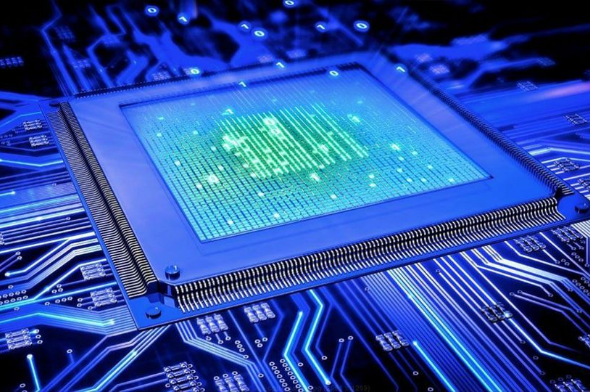Connection to DriversCloudCreate a DriversCloud.com accountReset your DriversCloud.com passwordAccount migration
Intel revises the way it names semiconductor etching processes
In order to break with a habit that puts it at a disadvantage compared to its South Korean and Taiwanese competitors, Intel is changing its tune.
A few days ago, Intel organized a webcast called Intel Accelerated whose objective was clearly to review the near future of the American company in the field of semiconductors. Recently directed by Pat Gelsinger, Intel has indeed decided to review its way of working as well as its way of communicating in order, of course, to get back in the saddle while these last years have been negotiated with more or less success by the processor giant. We all remember for a long time the setbacks encountered to validate once and for all the switch to 10 nm etching fineness while some of its closest competitors were boasting about 7 nm and even 5 nm.
Intel first wanted to show itself in a better light and to specify, for example, that two engraving processes are not necessarily equivalent for the same denomination. Several specialists such as AnandTech have already demonstrated that Intel's 14 nm is not so far from the 10 nm of TSMC or Samsung. Thus, on its 14 nm, Intel manages to house 45 million transistors per square millimeter when the 10 nm of TSMC is 52.5 million and Samsung 51.8 million. The same goes for Intel's 10nm, which is just over 100 million transistors per square millimeter, while TSMC's 7nm barely exceeds 91 million and Samsung's flirts with 95 million.
In order not to be compared anymore on denominations that have no meaning, Intel has decided to free itself from these 10 nm, 7 nm and 5 nm. From now on, we will have to talk about Intel 7, Intel 4, Intel 3 and even Intel 20A for the technologies of the coming years. The one that was called Enhanced SuperFin 10 nm is renamed Intel 7, which puts it directly in front of the 7 nm processes of TSMC and Samsung. The term is obviously more selling, but Intel also considers it closer to reality. This will obviously have to be judged once the chips are actually available: the Intel 7 was to be introduced by the Alder Lake CPUs at the end of the year.
In parallel to this presentation of the next names, Intel took the opportunity to detail and confirm its roadmap. Pat Gelsinger wants to be very ambitious here with precise plans for the next few years. Thus, Alder Lake will operate Intel 7 from the end of 2021 and it will be "imitated" by the declination servers, Sapphire Rapids. For the arrival of Intel 4, we will have to be a little more patient: there is talk of a gain of 20% performance per watt compared to Intel 7, but the thing should not happen before, at best, the year 2022 thanks to the releases of Meteor Lake and Granite Rapids.
The sequel is called Intel 4 and will allow further leaps in performance per watt (+18% compared to Intel 4). Intel estimates that the release should occur in the second half of 2023, but the American's plans do not stop there. As we said, Intel 20A will be the next process. It is so named because it begins a journey to the ångström, a unit of measurement equivalent to 0.1 nanometer.







